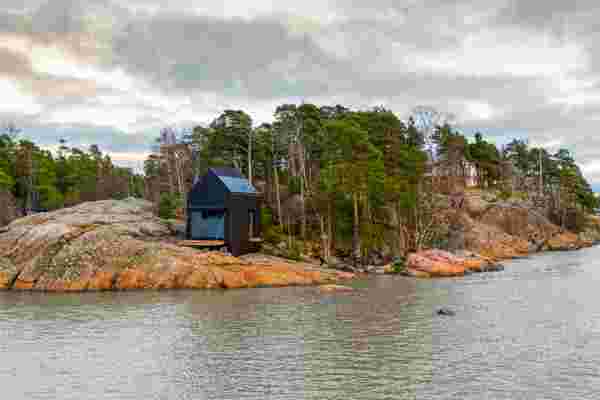The “Migrant Skyscraper” is literally mobile, a giant, thin tire with a building and green space in the center. The concept behind the structure is in an unstable world, people need the stability of self-sufficiency to truly be free, and the future of architecture can help provide that. By constructing a safe haven for residents ensures they will have food to eat and water to drink, the Migrant Skyscraper affords people freedom despite what natural and social disasters may come.
The building-inside-a-wheel can stay stationary for however long residents please, but, for example, if political upheaval destabilizes a region, residents can fire up the biofuel-powered engine and cruise to a new location. The structure’s exterior tire is clad in recycled rubber. Inside two buildings and surrounding green space provide everything residents need to survive, making the tire-encapsulated unit completely self-sufficient. Outside of the buildings there’s space for agriculture, including crops and livestock; within the tire, plumbing systems circulate potable, gray and black water for drinking, waste facilities and irrigation.
Designers: Damian Przybyła by Rafał Przybyła
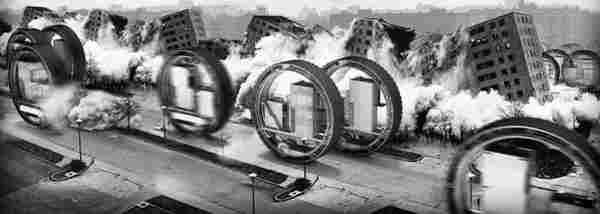
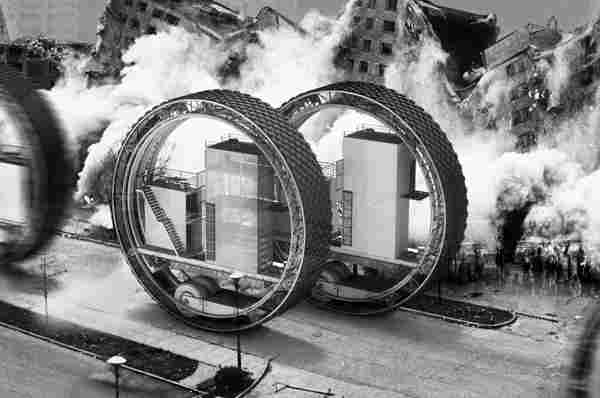
Tsunagu (Connect) – Living Space by Kengo Kuma
In april 2007, Japanese property company Mitsui Fudosan Residential will introduce its new concept Tsunagu:’Connect” at the design exhibition Salone Del Mobile, a series of mid-rise residential towers. Design led by architect Kengo Kuma, Tsunagu:’Connect” aims to create a comfortable living space based on four themes of design, security, ecology, and harmony with natural surrounding.
Layout – A sophisticated wa(harmony) space is created by adopting a ta-no-ji layout, which is a floor plan for traditional Japanese private houses. The concept of connecting spaces is realized by using traditional partitions called sumushiko, which is a highly transparent, in exterior and interior walls and fixtures, decreasing the sense of boundaries. The whole layout not only connects rooms or outside and inside but is also intended to connect time and people.
Architect: Kengo Kuma [ Product Page: Tsunagu:’Connect’ ] [ Via: Dezeen ]
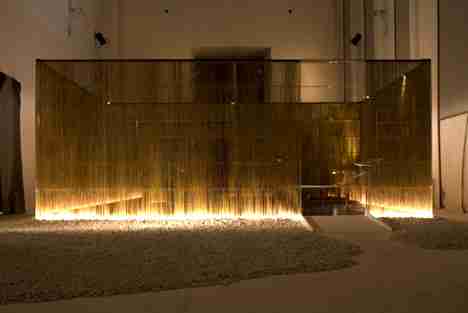
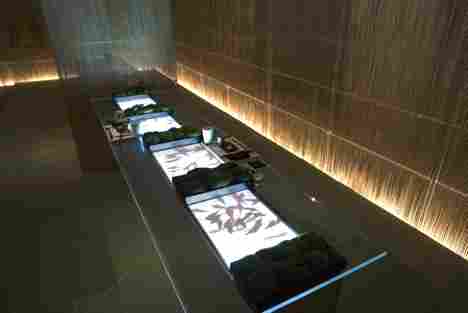
This entirely self-contained + portable prefabricated cabin uses green energy storage system to be an eco-cabin!
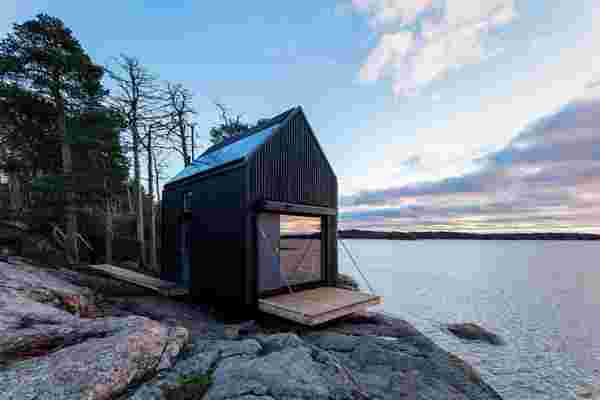
The tiny home movement of today has garnered a lot of attention for many reasons, but most seem to form out of the environmental benefits that come with living in a tiny home. It’s true that downsizing to a tiny home will in turn downsize your own carbon footprint, but some tiny homes take it another step further. The Majamaja Wuorio, built by Pekka Littow of Littow Architectes, is described as an ‘ eco-cabin ’ for its use of green energy storage and a closed-circuit wastewater treatment system.
Pekka Littow’s Majamaja concept was born from life on Finland’s archipelago and essentially speaks to a building tradition that prioritizes harmony between humans and nature. Majamaja Wuorio units are prefabricated, transportable, and by making use of off-grid technologies such as solar panels and a recirculating water treatment system, the units can be situated anywhere. The tiny cabin’s closed-loop water treatment system collects both rainwater and air humidity in order to store it, then send it to the integrated water purification system for residents to use in the shower, kitchen, or bathroom. Waste from dry toilets is also composted and reused as fertilizer. The water purification system is powered by solar panels and a fuel cell, which also provides green energy storage for additional household appliances such as stovetops, air conditioners, and light fixtures. The Majamaja Wuorio Eco-Cabin stands as a pilot design cabin and part of a larger off-grid village currently in development. Beginning in 2021, Littow Architectes has plans to open Majamaja eco-cabins up to short term rental periods, so that guests can experience the simple joys that come with living simply in a tiny home on the coast of Finland’s southern capital, Helsinki. Since Littow’s tiny homes are transportable, potential environmental damage during pre-construction periods is entirely avoided. Opting instead for easy assembly and disassembly, Majamaja as a concept commits to “sustainable spatial planning projects with light infrastructure,” as described by Littow.
In constructing self-contained, tiny homes for Finland’s coast, Littow aimed to build Majamaja Wuorio as an example for future housing solutions. Each unit is built from prefabricated wood elements without the need for heavy-duty tools or too much elbow grease. Each unit’s lightweight infrastructure and easy assembly give way to installation possibilities in even the most remotes areas – all that’s needed is a helicopter, or dingy to hop between islands on the archipelago.
Designer: Littow Architectes
